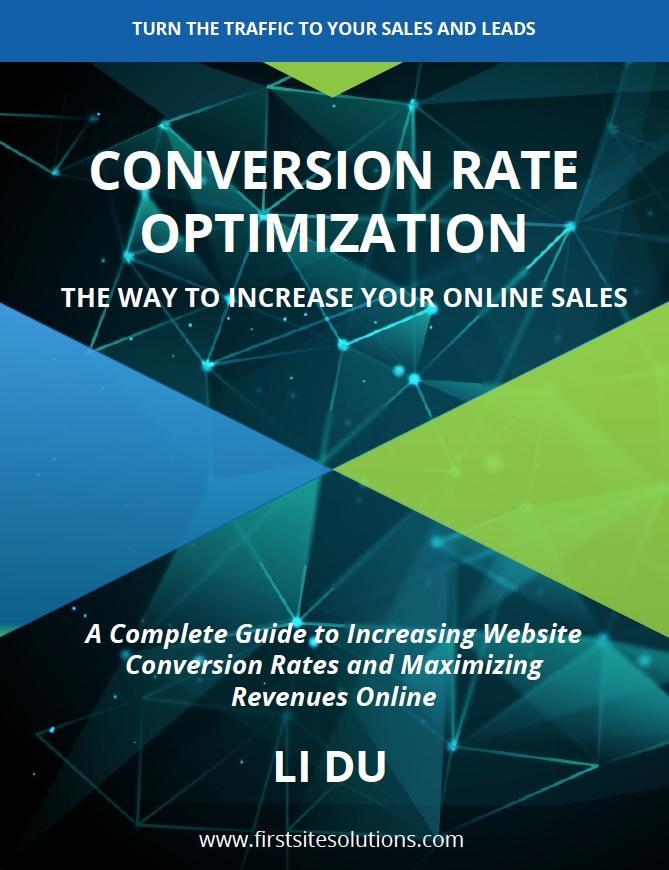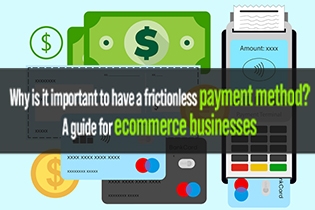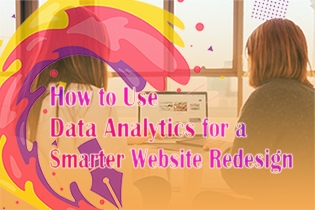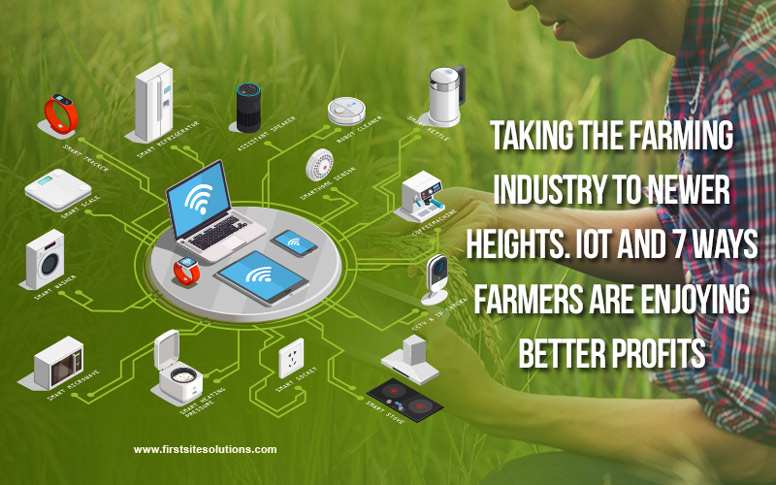
Given the exponential growth of the world population, the United Nations Food and Agriculture Organization anticipates global food demand to increase by 70% in 2050.
We cannot ignore the growing dilemma of depleting natural resources and shrinking agricultural lands. Not to mention that agricultural labor in most of the countries has declined. Unquestionably, we need to procure sustainable and efficient solutions to deal with these troubles.
The adoption of internet connectivity solutions in farming has reduced the need for manual labor. It is forecasted to bring a tremendous impact on all facets of agriculture. How can a community continue to rely on horses and plows when virtual reality and self-driving cars are an everyday occurrence in the rest of the world?
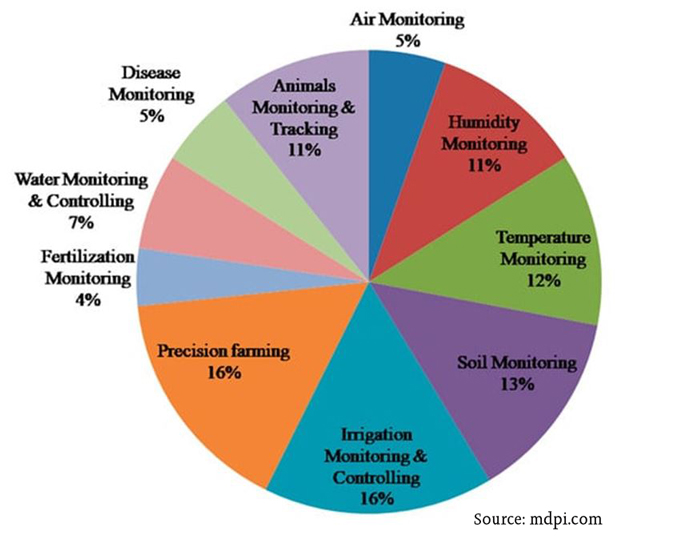
The growing consumer demand for agricultural products has contributed to a rise in intelligent farming technologies worldwide. According to Allied Market Research, the global IoT in the farm market will grow at a notable CAGR of 14.7% from 2018 to 2025. The low cost of technology in IoT and continuous government efforts in different countries are the driving factors behind this escalation.
On the other hand, BI Intelligence Survey provides that the global smart agriculture market size will triple by 2025. It might reach $15.3 billion.
The perks of using IoT for farming
Over the next few decades, the agriculture industry has to deal with extreme weather, increasing energy costs, and climate changes. At the same time, farmers have to feed more people than ever before, as the population might hit 9.6 billion in 2050.
With innovations like drip irrigation, technology has made it easier for farmers to grow more food with less effort. The IoT has made it possible to boost farming products at astonishingly low prices. Following are five ways IoT can improve agriculture:
- Better control on internal procedures and low production risks
- Tons of data collected by smart agriculture sensors
- Enhanced product quality and volumes
- Increased business efficiency through process automation
- Waste reduction and cost management due to increased control on production
All of these factors combine to produce higher revenue from the agricultural sector. IoT solutions are helping farmers to close the supply and demand gap. It is ensuring a high yield, profitability, and safety of the environment. Using IoT technology to provide the optimum application of resources to reduce operational costs is called precision farming.
7 ways IoT is transforming the agricultural sector
The top market players in the global IoT agriculture market include International Business Management Corporation (IBM), Hitachi, Cisco Systems Inc, and The Climate Corporation. Each entity can see the significant potential held by IoT applications in farming.
Below, we have listed seven ways that IoT can flip the agricultural practices, making them productive and effective:
1. Monitoring of Climate Conditions
IoT helps to monitor real-time weather conditions. Smart agriculture gadgets are placed throughout the field to collect data from the environment and send it to the cloud. The measurements help to map climate conditions and choose crops accordingly. The farmers can take the required measures to improve their capacity (also called precision farming).
These sensors can collect information about temperature, rainfall, and humidity. If anything abnormal happens, the system sends an automatic alert so farmers can respond to the changes.
The whole IoT ecosystem is made up of sensors to check real-time weather conditions. They contain aspects like rainfall, humidity, temperature, and others that are crucial for crop production. These sensors can foresee the drastic changes in climatic conditions, which will leave an impact on production. It sends an alert to the server about change in the climate, which helps discard the need for physical presence. This eventually leads to higher crop yields.
2. Precision Farming
Precision agriculture is the most famous application of IoT in agriculture. It makes the entire process of farming accurate and controlled when growing crops and managing the livestock.
The adoption of high-speed internet, mobile phones, and reliable satellites by manufacturers are the key technologies that make precision farming a successful possibility.
Numerous organizations around the world are leveraging this technology. For example, CropMetrics is a precision agriculture organization that focuses on ultra-modern agronomic solutions while specializing in precision irrigation management.
The products and services of CropMetrics and other such organizations include soil moisture probes, VRI optimization, PRO, and so much more. VRI (Variable Rate Irrigation) optimization increases profitability on irrigated crop fields. It also improves water efficiency.
The soil moisture probe technology provides complete in-season local agronomic support. The virtual optimization PRO combines different technologies for water management into a central, cloud-based, powerful location designed for growers and consultants to take advantage of the perks offered by precision irrigation using a simple interface.
3. Agricultural Drones
Agricultural Drones are a stellar example of how technology has taken a new turn. Agriculture has become one of the significant users of drone technology. The aim of using drones is to enhance several agricultural practices. Ground-based and Ariel-based drones are used in agriculture to assess crop health, irrigation, plantation, monitoring, and spraying on the crops.
Smart drones can help to reduce the number of chemicals that seep into the groundwater. This allows farmers to ensure they are heading towards sustainable farming.
Some substantial benefits of using drones include integrated GIS mapping, crop health photography, ease of use, and the potential for higher yields. With strategy and planning based on real-time data collection, drone technology will bring a high-tech makeover to the agricultural landscape.
Take the example of PrecisionHawk in this regard. It is an organization using drone technology to gather valuable data through a series of sensors used to map, imagine, and survey the agricultural land. These drones perform in-flight observations and monitoring. The farmers enter details on which surface needs a survey and select the height of drone flight.
The drone collects all the data required by the farmers, and then it lands in the exact location from where it took flight. The drone data brings information regarding plant health, yield prediction, and plant count. It also provides insight on scouting reports, stockpile measuring, canopy cover mapping, field water ponding mapping, drainage mapping, and weed measurement mapping.
4. Livestock tracking and geo-fencing
Owners of large agriculture farms have started to utilize IoT to track the health and well-being of their cattle. This information enables them to identify sick animals and single them out from the herd. The farmers can then take adequate measures to treat the sick animals and ensure that the disease stays curbed.
Take the example of JMB North America. It is an organization offering cow monitoring solutions to cattle farmers. One of their solutions helps cattle farmers observe cows expecting babies and about to give birth. It also lowers the labor cost as ranchers can locate their cattle using IoT sensors. A sensor fueled by the battery is removed from the calf when its water breaks. This sends data to the cattle owner or the farmer.
During the time spent with cattle giving birth, the sensors allow farmers to become more focused.
5. Smart Greenhouses
Smart Greenhouses are equipped with modern sensors and communication technologies. It can capture and deliver information 24/7 on the crops and overall farm. Gathered data goes into an IoT platform where analytic algorithms turn into actionable intelligence.
Continuous data monitoring facilitates the development of predictive models to evaluate crop diseases and infection risks. A smart greenhouse allows growers to reduce labor work, enhance efficiency in resources and chemical use while optimizing the yield rates.
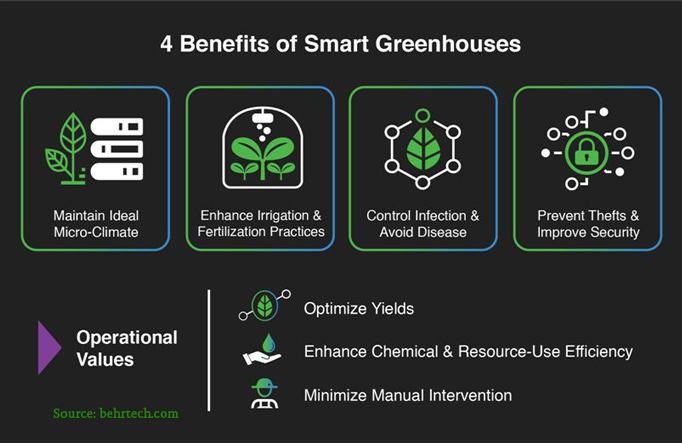
Some benefits of a smart greenhouse are as follows:
- It helps to maintain ideal micro-climate conditions
- It enhances irrigation and fertilization practices
- It helps to control infections and avoid an outbreak of a disease
- It improves security and prevents theft
Different types of sensors are used in the smart greenhouse. Remote access is created by connecting the system to the cloud via IoT. This removes the need for a constant check on the numbers.
The cloud servers control the data processing and continue to apply a control action within the greenhouse. These sensors control almost all aspects of a conservatory. They can turn on the light and open a window to cool off, all using the Wi-Fi signals.
As per Market Watch, the smart greenhouses may reach a value of over 1 billion US dollars by 2024. It is definitely a trend to watch and adopt for the farmers willing to progress.
6. Computer Imaging
Using satellite imaging and IIOT track-and-trace technology, farmers can monitor operations from harvest to delivery. Computer imaging usually involves using sensor cameras in different corners of the farm to generate images that later pass through digital image processing.
Digital image processing is the basic concept of processing an input image using computer algorithms. It views the images in different spectral intensities like infrared and compares images taken over a certain period. When it detects anomalies, it sends data to the farmers and enables them to deal with those issues.
Computer imaging in the agricultural landscape allows the following:
- Quality Control: Image processing coupled with machine learning uses photos from the database to compare against the images of a crop. It helps to determine the color, shape, size, and growth to controlling the quality.
- Sorting and Grading: Computer imaging can help sort or grade the products by comparing their color, shape, and size.
- Irrigation Monitoring: Irrigation within a certain period helps to provide a map of the irrigated fields. This allows deciding in the pre-harvest season to decide whether to harvest or not.
7. Remote Sensing
As the name suggests, this is the use of sensors placed along with the farms. The aim is to accumulate data that is carried forward towards analytic tools for a deeper evaluation. Farmers can monitor the crops through analytical dashboards and can take actions according to the collected insight.
Here are some ways remote sensors help the farmers:
- To monitor soil quality: The evaluation of soil quality helps determine the nutrient value and the dry areas of the farm. They can assess the drainage capacity and acidity in the soil to adjust the amount of water needed for irrigation and select the most beneficial crop type.
- To study weather conditions: The data collected by sensors in terms of humidity, moisture precipitation, temperature, and dew detection helps to determine the upcoming weather pattern in the farm. This allows the farmers to cultivate suitable crops.
- To monitor the crops: Sensors placed through the farm monitor the crops for changes in light, shape, humidity, temperature, and size. When sensors detect an anomaly, they send a signal to the farmer. This helps to keep diseases at bay and ensure the healthy growth of crops.
Case Study: The Latest Irrigation System for Shepparton East Orchard
In 2015, Maurice Silverstein decided to modify his irrigation system. It was an apple and pear orchard at Shepparton East. He wanted to install an automated drip system.
This system has allowed him access to real-time soil moisture readings from sensors placed across the orchard. It also involved a shift from sprays to drip irrigation that has brought lower water wastage. This system notifies Maurice about problems like blockages or leaks. An app can control such issues with just a few taps.
Maurice says he can manage his irrigation system from almost everywhere, as long as he has internet coverage.
Parting Notes
It is needless to say that the next several years will bring an escalated use of smart farming technologies. As IoT apps in agriculture continue to develop, we can expect the farmers to become more streamlined, connected, and efficient.
Don’t take it as an enhancement.
Smart farming is the need of the hour. It is essential for every farmer hoping to stay in the race and make the most out of their fields. We hope this blog helped you gain some perspective in this regard. Leap into the landscape as soon as you are all set to go!


